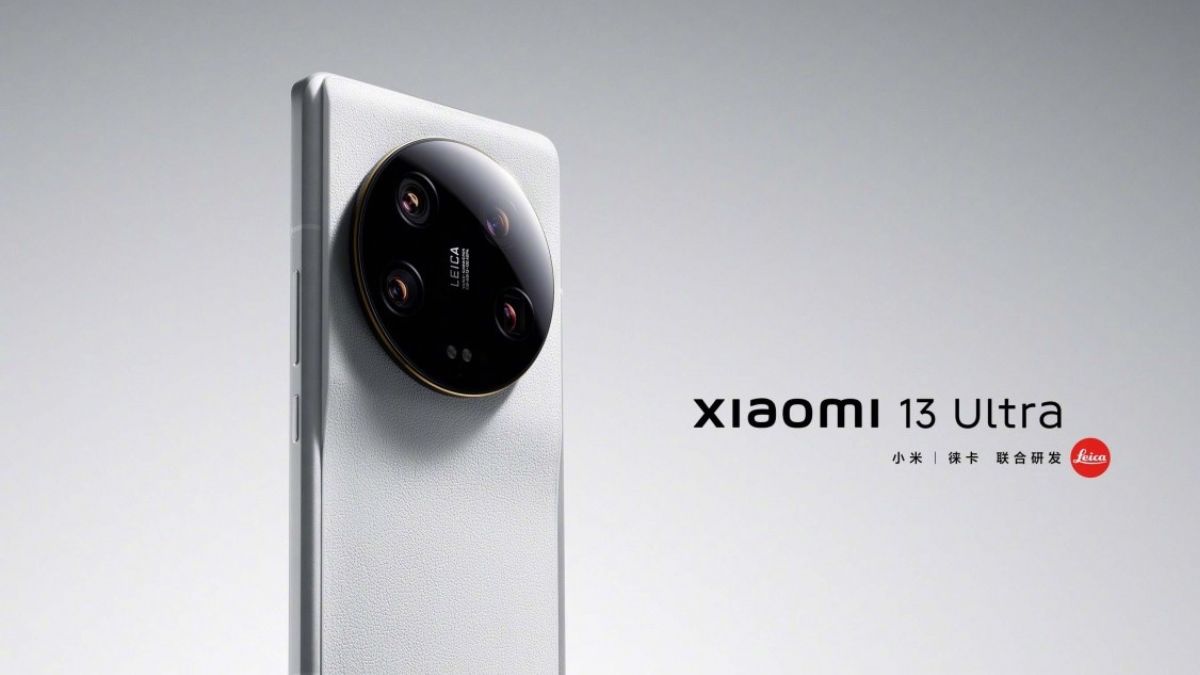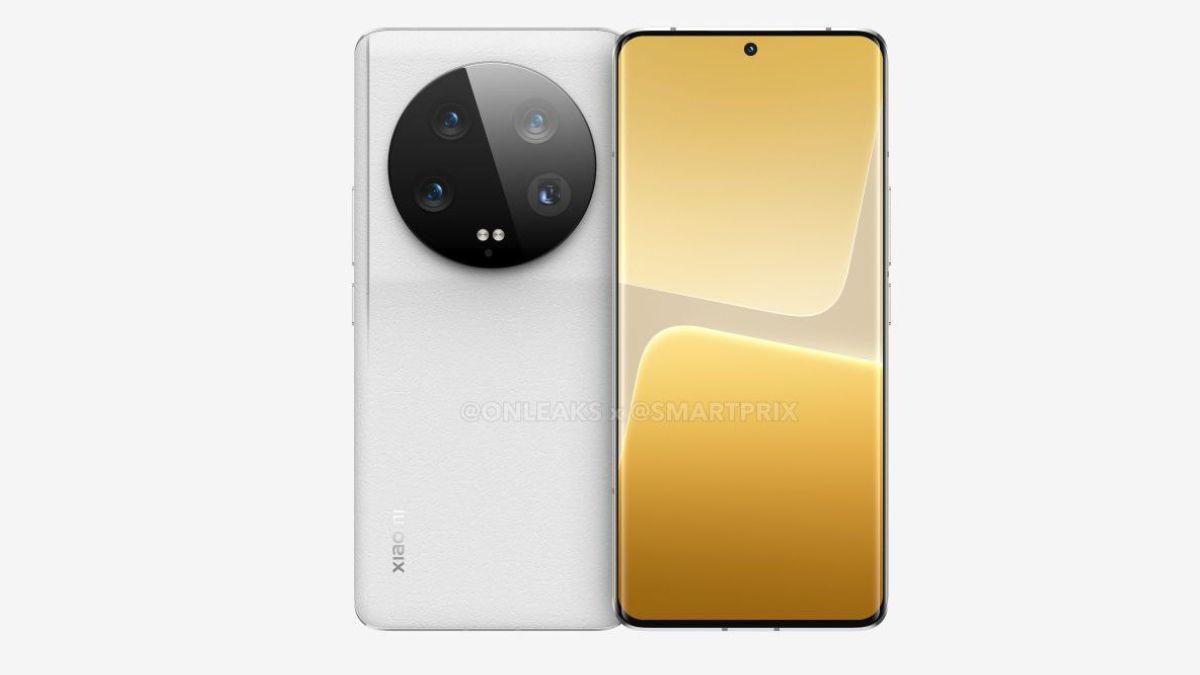Leaks
Xiaomi set to launch Xiaomi 13 Ultra and Xiaomi Pad 6 series in April
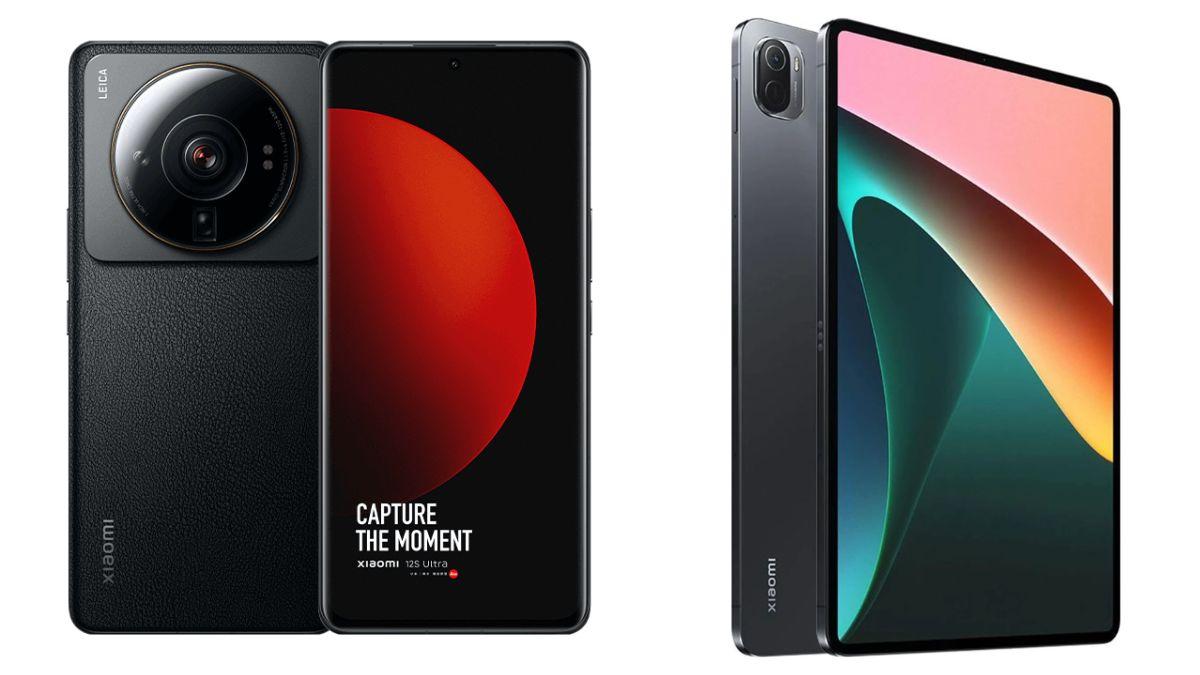
Chinese tech giant Xiaomi is set to launch its latest line-up of devices in April 2023, with the Xiaomi 13 Ultra and Xiaomi Pad 6 series set to hit the market.
The Xiaomi Pad 6 and Pad 6 Pro tablets are expected to feature Qualcomm’s latest Snapdragon 870 and Snapdragon 8+ Gen1 processors respectively, making them ideal for high-performance tasks. The tablets will also come equipped with a dual rear camera setup, including a primary camera and an ultra-wide camera, to provide users with a wide range of photography options.
Both the Xiaomi Pad 6 and Pad 6 Pro will feature AMOLED panels, ensuring sharp and vibrant visuals for an immersive viewing experience. A large 10,000mAh battery will provide ample power to keep the tablets running all day long, while the 33W/67W charger will ensure that they can be charged quickly and efficiently.
Xiaomi’s upcoming smartphone, the Xiaomi 13 Ultra, is expected to be powered by the latest Snapdragon 8+ Gen1 chipset, making it one of the most powerful smartphones on the market. It will also feature a large AMOLED display with a high refresh rate, ensuring smooth and fluid visuals for all your needs.
Read More: Xiaomi’s Redmi 12C Set to Launch in India with Impressive Specs
The Xiaomi 13 Ultra is rumored to come equipped with a powerful camera setup, with a primary sensor and ultra-wide sensor, allowing users to capture high-quality images and videos with ease. The smartphone is expected to feature a large battery and fast charging capabilities, making it ideal for users who are always on the go.
Xiaomi has not yet revealed the exact launch date of these devices, but they are expected to hit the market in April 2023. With their powerful specifications and cutting-edge features, the Xiaomi 13 Ultra and Xiaomi Pad 6 series are sure to be popular choices among tech enthusiasts and casual users alike.
Xiaomi 13 Ultra and Xiaomi Pad 6 Series Rumored Specs
| Specification | Xiaomi Pad 6 | Xiaomi Pad 6 Pro |
|---|---|---|
| Processor | Qualcomm Snapdragon 870 | Qualcomm Snapdragon 8+ Gen1 |
| Rear Camera | Dual camera setup (primary and ultra-wide) | Dual camera setup (primary and ultra-wide) |
| Display | AMOLED | AMOLED |
| Battery Capacity | 10,000mAh | 10,000mAh |
| Charger | 33W/67W | 33W/67W |
| Specification | Xiaomi 13 Ultra |
|---|---|
| Processor | Qualcomm Snapdragon 8+ Gen1 |
| Display | AMOLED, high refresh rate |
| Camera | Dual camera setup (primary and ultra-wide) |
| Battery Capacity | Large capacity (exact mAh unknown) |
| Charger | Fast charging capabilities |
Please note that these specifications are based on the information currently available and may be subject to change at the time of launch.
Also read:
- Samsung Galaxy S23, S23+, and S23 Ultra Get Huge Camera / Gallery March Update
- OnePlus Nord 2 5G – F.21 New Beta Update with Improvements
- OnePlus Fold Leaks Reveal Impressive Specifications and Design
If you like our article, follow us on Google News and Instagram, or join our Telegram Group.
For More Such Updates Follow Us On – Telegram, Twitter, Google News, WhatsApp and Facebook
OnePlus
OnePlus Watch 2 Price Leaked Before Launch
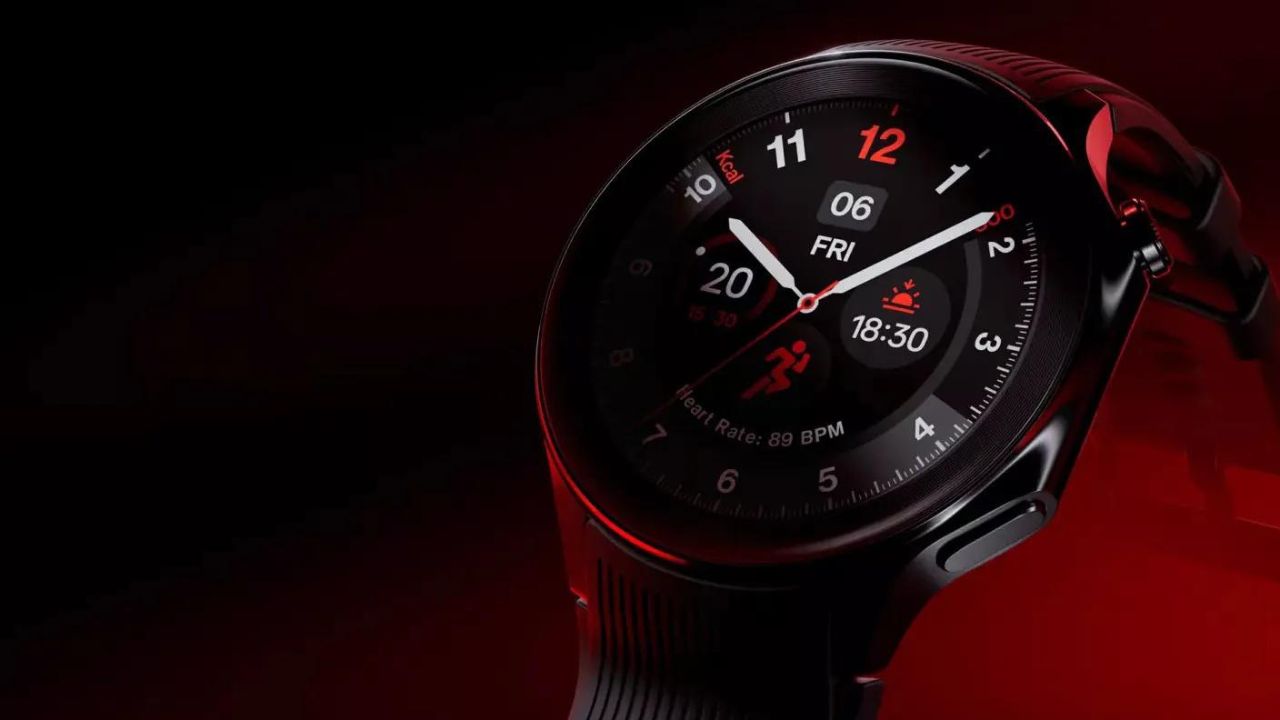
As we already know, the OnePlus upcoming flagship Watch 2 is going to be launched tomorrow at MWC 2024 (Mobile World Congress). If you want to know about the specifications, then do consider this post. Additionally, if you want to know about the color variants and some features of the Watch 2, then consider this post.
OnePlus Watch 2 Price Leaked Before Launch
Recently, the price of the upcoming OnePlus Watch 2 has been leaked. Ishan Aggarwal, a popular tipster, has recently posted a thread on their X (formerly Twitter) account. According to Tipster, the price of the upcoming OnePlus Watch 2 will be:
- India: Rs.24,999
- US: $299
- Europe: €329
- UK: £299
As we already said the OnePlus Watch 2 will be launched in India at the same time as it is launched globally. Do you guys think that it can compete with the Samsung Galaxy Watch 6? Also, do let us know, whether you consider the OnePlus Watch 2 at this price in the comment box.
For More Such Updates Follow Us On – Telegram, Twitter, Google News, WhatsApp and Facebook
News
Samsung’s Next Affordable Foldable Phone Codename Leaked

We have been listening to many rumors about an affordable foldable Samsung phone since the launch of the first Samsung Galaxy Z Fold. The Samsung Galaxy Z Fold was launched in back 2019. Recently, we have also covered in one of our posts that Samsung is working on an affordable folding phone, and now the phone’s codename is finally leaked.
According to WinFuture details, import and export documents confirm the limited production quantities for three devices with the codenames B6, Q6, and Q6A. These devices with codenames Q6 and B6 are expected to be Samsung’s Z Fold 6 and Z Flip 6. The third one, i.e. Q6A is expected to be an affordable Z Fold 6.
For now, we don’t know the specifications, pricing, or any further data of this affordable foldable phone from Samsung. But as we know, last year, the codenames of Samsung’s Galaxy Z Fold 5 and Z Flip 5 were Q5 and B5. This year, the Q6A is expected to be an affordable foldable phone.
What do you guys think about this new affordable foldable phone from Samsung? Do let us know in the comment box. Also, do tell us whether you like this post or not.
For More Such Updates Follow Us On – Telegram, Twitter, Google News, WhatsApp and Facebook
Leaks
Moto G24 Leak Shows Price and Specifications with a 5,000mAh Battery
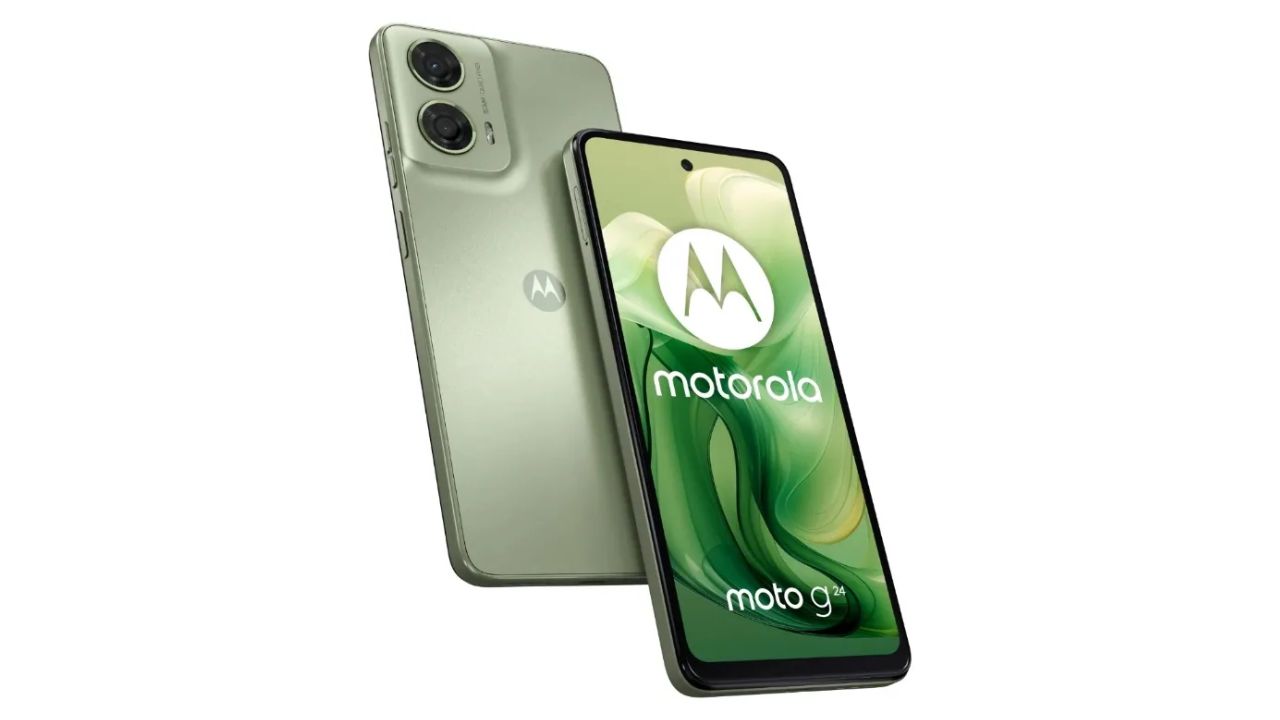
Recently, the renders, pricing, and specifications of the upcoming budget phone Moto G24 have been revealed. First, we are going to discuss the specifications of this new Moto G24. After that, we will tell you the expected price of the phone.
Specifications Moto G24
The Moto G24 comes with a 6.56-inch IPS LCD panel with a refresh rate of 90 Hz. If we talk about the resolution of the display, then the resolution is 720p. This all-new Moto G24 is powered by MediaTek Helio G85. The base variant of the phone starts with 4GB RAM + 128GB ROM. The RAM type is LPDDR4X.
If we talk about the battery and charging, then this Moto G24 comes with a 5000 mAh Battery and 20W charging. Now, let’s talk about the camera. So, this phone has a rear primary camera sensor of 50 MP with an f/1.8 aperture and a secondary macro sensor of 2 MP. Moreover, this phone comes with an 8MP camera sensor for selfies.
Along with this, this phone also has an SD card slot, WiFi 5, and Bluetooth Version 5.0. Moto G24 also has Dolby Atmos pre-installed. This phone comes with Moto’s MyUX based on Android 14 out of the box. This phone comes in three color options: Black, Pink, and Green. The Moto G24 has a side-mounted fingerprint sensor.
Lastly, if we talk about the pricing, then the expected pricing of the Moto G24 (base variant) with 4 GB RAM and 128 GB ROM is €169 (Rs 15332.82).
Will you consider this phone at this price? Do let us know in the comment box. Also, do tell us whether you like this post or not.
For More Such Updates Follow Us On – Telegram, Twitter, Google News, WhatsApp and Facebook

